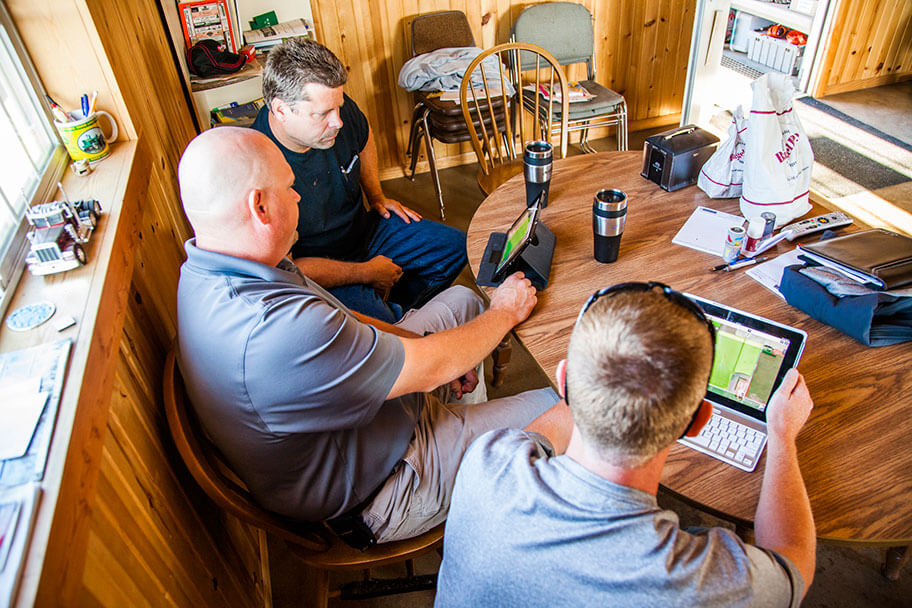Using the science behind seed selection to sell more

As you sit down with farmers to discuss the seed selection process, remember to rely on the science behind the seed to sell more in 2016. Below is a list of three topics I like to bring up during these conversations:
1. Research: Every new corn hybrid, soybean or wheat variety has been tested in multiple WinField trials across the countryside. These replicated trials across different soil types, with fixed fertilizer recommendations in comparison to other hybrids, provide valuable data. “Replicating hybrids within a plot gives each hybrid a chance to be on the best ground within the plot and adds statistical validity to the data.”
2. Soil: Soil type can help determine optimal placement for corn, soybeans or wheat to reap their full potential. For example, the right corn seed can be planted at the right population but if it isn’t in the right soil, you can lose an average of 12.8 bushels per acre.
3. Population: Gain more bushels per acre by researching the population range and increasing the total planted seeds per acre with hybrids that do well with higher populations. That will boost seed costs, but farmers can see a return on their investment if the crop is properly managed.
There are a lot of our partner test plots out there. But there’s always variability, and if those test plots are not replicated, they will not pick up the variability. Replication shows the true winners. We have a lot of Answer Plot® locations strategically placed, and it’s our job to teach farmers about them.
When meeting with a farmer, bring a printout of Answer Plot® data on local test plots. If you’ve worked with a farmer for a while, you probably know his or her soil types, population and yield goals.
If you’re a new seller, research that before meeting with the farmer so you’re prepared. Pull a map of the field in question from the R7® Tool. Then, with the farmer, review in-season imagery from last summer and earlier seasons to help pick hybrids for that operation.
The more data you have, the better the decisions you can make.
1. Research: Every new corn hybrid, soybean or wheat variety has been tested in multiple WinField trials across the countryside. These replicated trials across different soil types, with fixed fertilizer recommendations in comparison to other hybrids, provide valuable data. “Replicating hybrids within a plot gives each hybrid a chance to be on the best ground within the plot and adds statistical validity to the data.”
2. Soil: Soil type can help determine optimal placement for corn, soybeans or wheat to reap their full potential. For example, the right corn seed can be planted at the right population but if it isn’t in the right soil, you can lose an average of 12.8 bushels per acre.
3. Population: Gain more bushels per acre by researching the population range and increasing the total planted seeds per acre with hybrids that do well with higher populations. That will boost seed costs, but farmers can see a return on their investment if the crop is properly managed.
There are a lot of our partner test plots out there. But there’s always variability, and if those test plots are not replicated, they will not pick up the variability. Replication shows the true winners. We have a lot of Answer Plot® locations strategically placed, and it’s our job to teach farmers about them.
When meeting with a farmer, bring a printout of Answer Plot® data on local test plots. If you’ve worked with a farmer for a while, you probably know his or her soil types, population and yield goals.
If you’re a new seller, research that before meeting with the farmer so you’re prepared. Pull a map of the field in question from the R7® Tool. Then, with the farmer, review in-season imagery from last summer and earlier seasons to help pick hybrids for that operation.
The more data you have, the better the decisions you can make.


